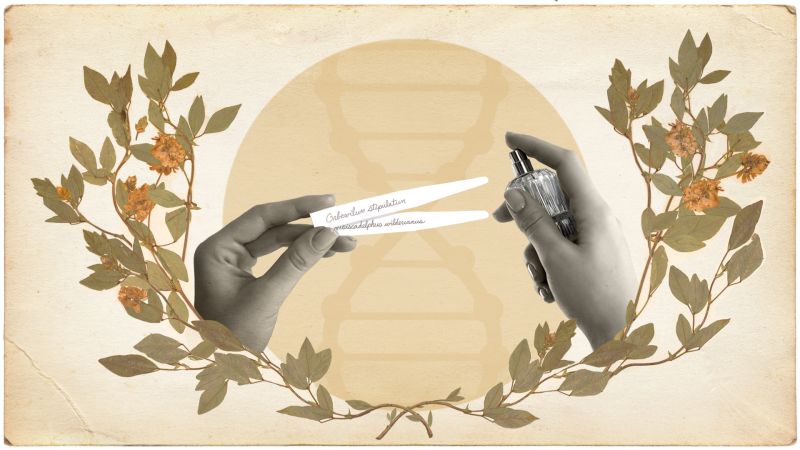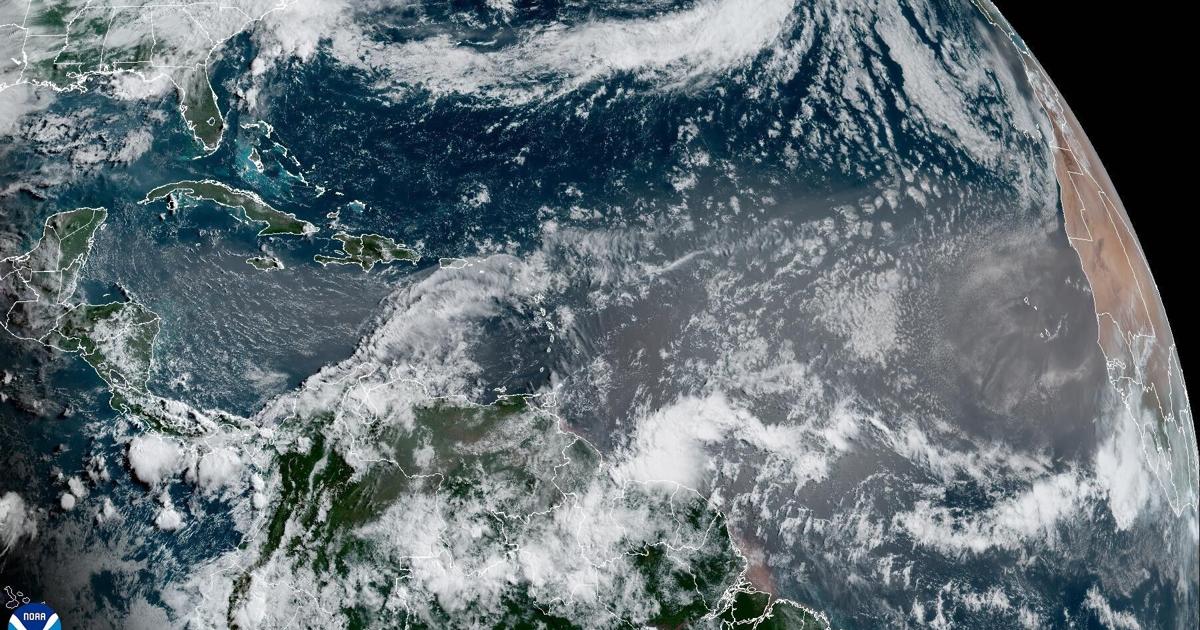Extinct Flower Fragrances: The Challenge Of Recreating Lost Scents

Welcome to your ultimate source for breaking news, trending updates, and in-depth stories from around the world. Whether it's politics, technology, entertainment, sports, or lifestyle, we bring you real-time updates that keep you informed and ahead of the curve.
Our team works tirelessly to ensure you never miss a moment. From the latest developments in global events to the most talked-about topics on social media, our news platform is designed to deliver accurate and timely information, all in one place.
Stay in the know and join thousands of readers who trust us for reliable, up-to-date content. Explore our expertly curated articles and dive deeper into the stories that matter to you. Visit Best Website now and be part of the conversation. Don't miss out on the headlines that shape our world!
Table of Contents
Extinct Flower Fragrances: The Challenge of Recreating Lost Scents
The world of perfume is a captivating blend of artistry and science, constantly pushing boundaries to create new and exciting scents. But what happens when the very source of inspiration – a flower itself – is lost to extinction? This is the fascinating and challenging quest faced by perfumers attempting to recreate the fragrances of extinct flowers. The task is not just a matter of mixing oils; it's a complex journey into historical records, botanical detective work, and the cutting edge of fragrance technology.
Unearthing the Ghosts of Scents Past
Recreating the scent of an extinct flower is akin to solving a botanical mystery. Unlike painting a picture from a photograph, perfumers lack the direct experience of smelling the original. Their starting point is often limited: dried specimens pressed within herbarium archives, historical botanical illustrations describing the flower's scent (often vaguely), and fragmented accounts from explorers' journals or old books.
For instance, imagine trying to recreate the fragrance of Hibiscadelphus wilderianus, a Hawaiian hibiscus declared extinct in the 1920s. While botanical descriptions exist, they offer only clues: "fragrant" is a common term, but provides little insight into the nuance of the scent profile. This lack of precise olfactory data presents a significant hurdle.
The Scientific Approach: Chemical Analysis and Synthesis
Modern scientific techniques play a crucial role. Scientists can analyze the remaining volatile organic compounds (VOCs) in dried specimens, even if these are fragmented and degraded. Gas chromatography-mass spectrometry (GC-MS) allows the identification of the chemical components that contributed to the flower's overall scent.
However, even with this advanced technology, challenges remain. The degradation of VOCs over time makes a complete reconstruction unlikely. Furthermore, the synergistic interaction of different scent molecules – how they blend and influence each other – is often lost in this analytical process. Perfumery is as much about art as science, and the subtle alchemy of scent creation is difficult to replicate purely through chemical analysis.
Artistic Interpretation: The Perfumers' Role
Ultimately, recreating extinct flower fragrances becomes a blend of scientific data and artistic interpretation. Perfumers must use their expertise to translate the limited chemical information into a plausible and evocative scent profile. They might use modern flowers with similar scent profiles as a starting point, blending and adjusting the composition until they achieve a fragrance that, while not a perfect replica, captures the essence of the lost flower.
This process is not unlike a painter working from a faded photograph – they must rely on their skill and intuition to fill in the gaps, aiming for a believable and aesthetically pleasing result. The final product is, therefore, a creative interpretation informed by science, historical records, and the perfumer's artistic vision.
The Ethical Considerations
The attempt to recreate extinct flower fragrances raises ethical questions. Are we romanticizing the past at the expense of addressing the present-day threats to biodiversity? The very act of focusing on lost scents might distract from the urgent need to conserve existing plant life and prevent further extinctions. This highlights the importance of balancing our scientific curiosity with a commitment to protecting our planet's biodiversity. Conservation efforts, such as those undertaken by organizations like the , remain crucial.
The Future of Extinct Flower Fragrances
The challenge of recreating extinct flower fragrances remains a compelling area of research and artistic endeavor. While a perfect recreation might be impossible, the attempts provide valuable insights into the past, highlight the fragility of biodiversity, and demonstrate the power of scientific and artistic collaboration. The quest to capture these lost scents continues, a testament to our enduring fascination with the natural world and its captivating aromas. Perhaps, one day, we will be able to fully appreciate the scent of flowers lost to time.

Thank you for visiting our website, your trusted source for the latest updates and in-depth coverage on Extinct Flower Fragrances: The Challenge Of Recreating Lost Scents. We're committed to keeping you informed with timely and accurate information to meet your curiosity and needs.
If you have any questions, suggestions, or feedback, we'd love to hear from you. Your insights are valuable to us and help us improve to serve you better. Feel free to reach out through our contact page.
Don't forget to bookmark our website and check back regularly for the latest headlines and trending topics. See you next time, and thank you for being part of our growing community!
Featured Posts
-
 1000 Increase In Sbet Stock Analyzing The Factors Driving Growth
May 31, 2025
1000 Increase In Sbet Stock Analyzing The Factors Driving Growth
May 31, 2025 -
 Are Georgia Powers Energy Projections Accurate Data Center Boom Tests Predictions
May 31, 2025
Are Georgia Powers Energy Projections Accurate Data Center Boom Tests Predictions
May 31, 2025 -
 Cnn Dr Sanjay Gupta On Billy Joels Neurological Condition And Treatment Options
May 31, 2025
Cnn Dr Sanjay Gupta On Billy Joels Neurological Condition And Treatment Options
May 31, 2025 -
 Get Ready For Breathtaking Sunsets Saharan Dust Headed To Louisiana
May 31, 2025
Get Ready For Breathtaking Sunsets Saharan Dust Headed To Louisiana
May 31, 2025 -
 E L F Beauty Acquires Hailey Biebers Rhode Skin In Record Breaking 1 Billion Deal
May 31, 2025
E L F Beauty Acquires Hailey Biebers Rhode Skin In Record Breaking 1 Billion Deal
May 31, 2025
 Who Will Win The Us Open A Comprehensive Ranking Of Contenders
Who Will Win The Us Open A Comprehensive Ranking Of Contenders
 Us Open 2024 Assessing The Favorites And Underdog Chances
Us Open 2024 Assessing The Favorites And Underdog Chances
 Walmarts E Commerce Dominance How Target Fell Behind In The Online Retail War
Walmarts E Commerce Dominance How Target Fell Behind In The Online Retail War
